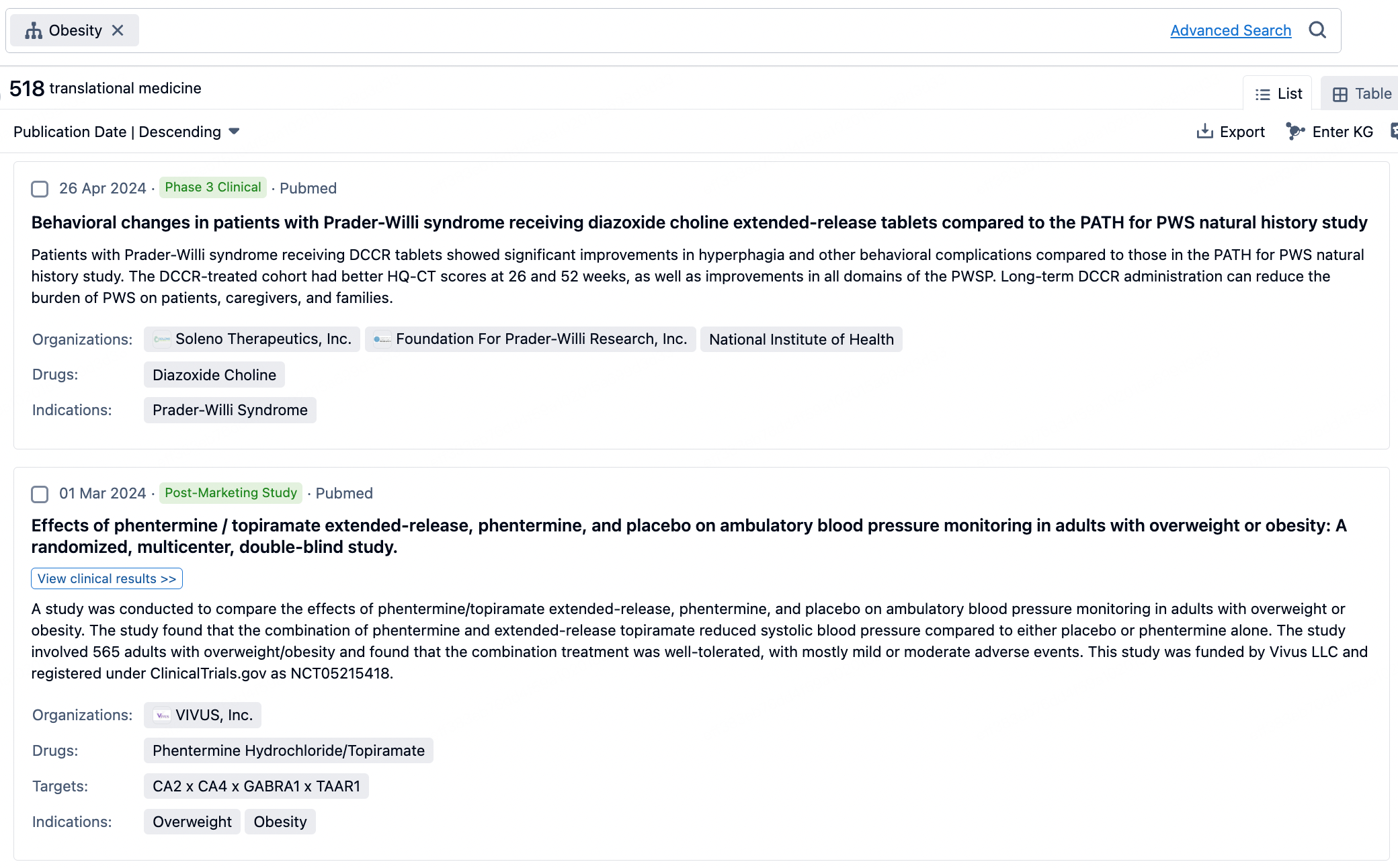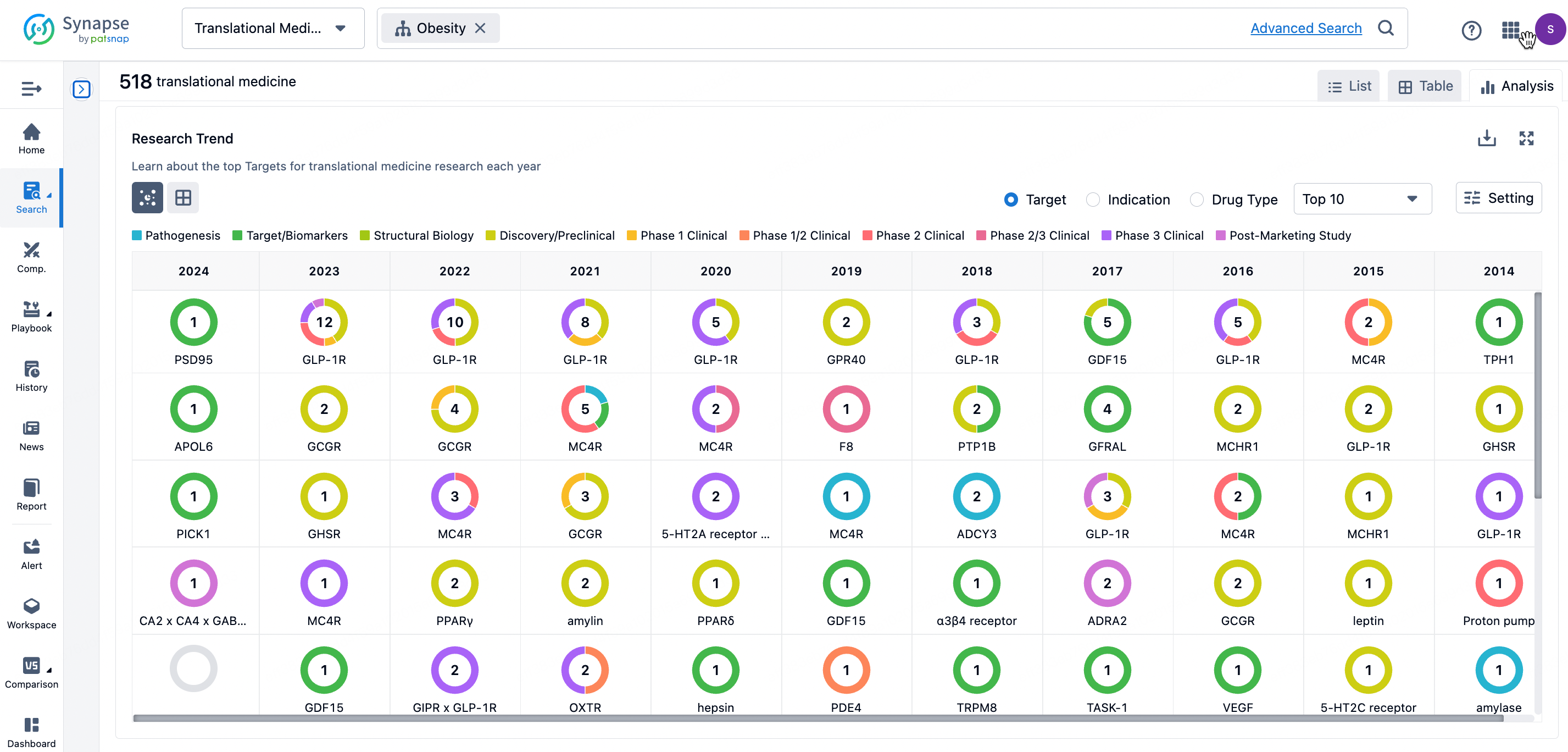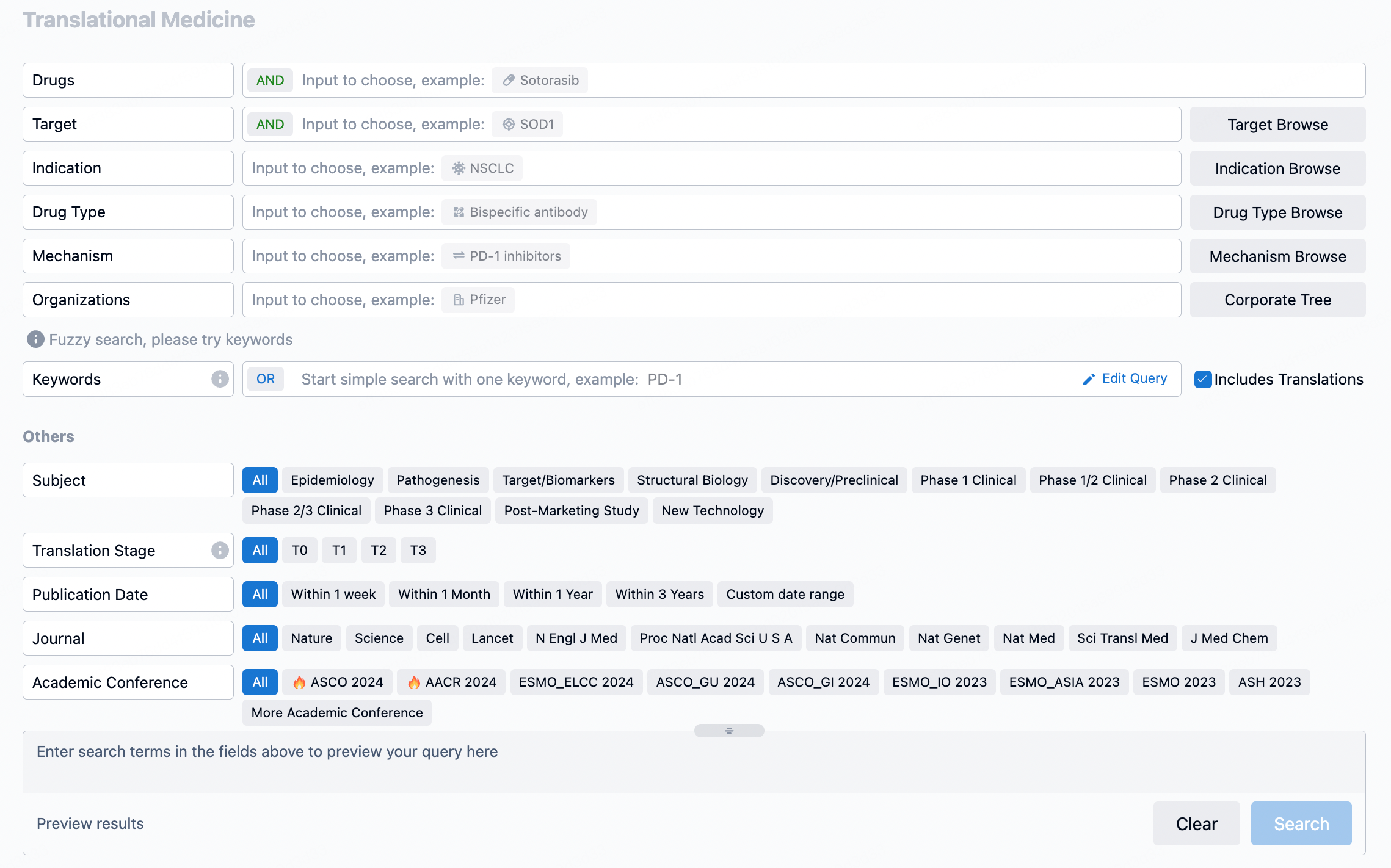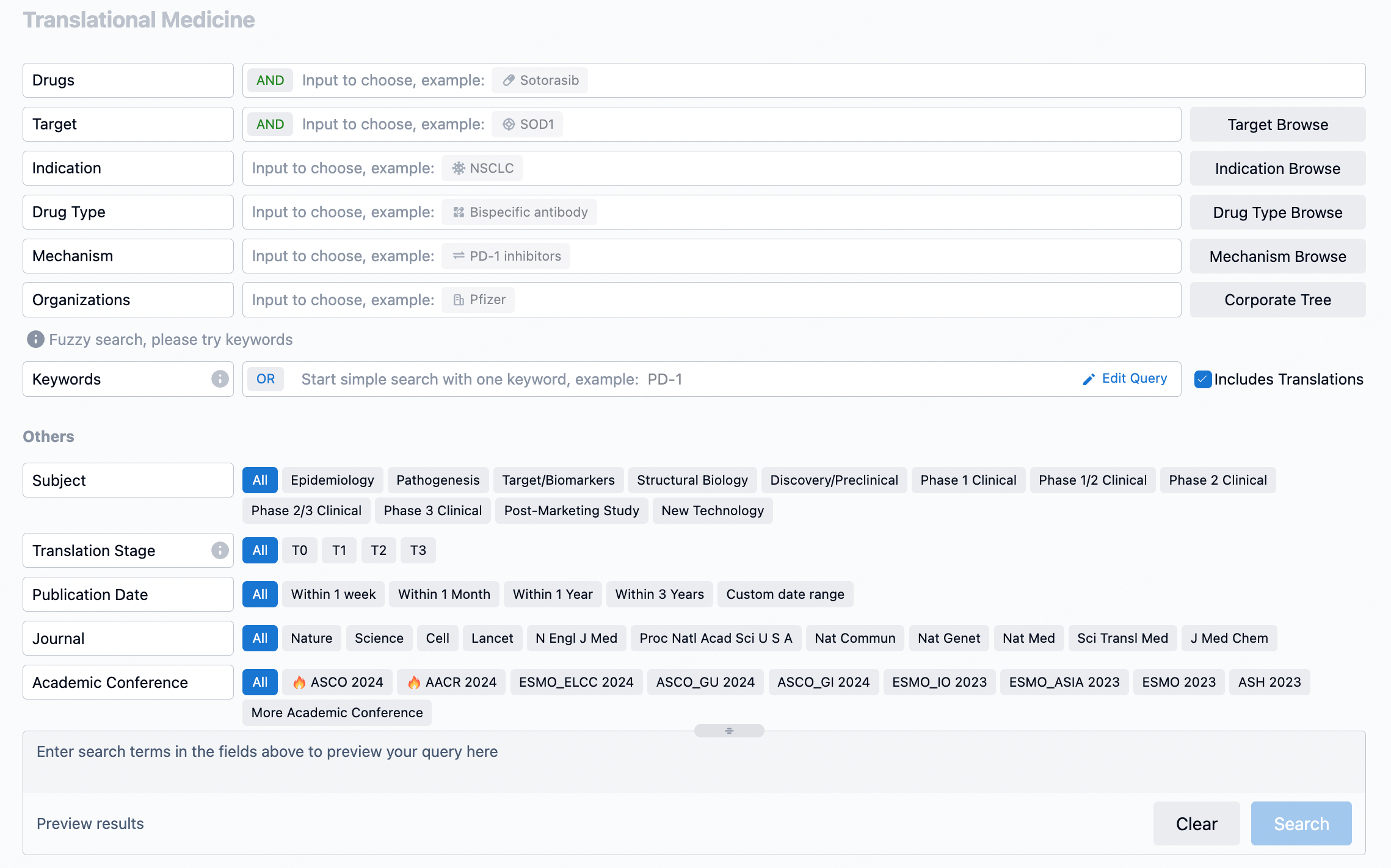KPT-8602: A Promising XPO1 Inhibitor for Overcoming Drug Resistance in Multiple Myeloma
In tests on multiple myeloma cell lines, including drug-resistant ones, KPT-8602 induced apoptosis as evidenced by caspase 3 cleavage and flow cytometry. In a NOD/SCID-gamma mouse model, KPT-8602 in combination with melphalan reduced tumor growth and increased survival rates compared to single-agent treatments. Moreover, a treatment regimen of KPT-8602 administered five times per week resulted in significantly reduced tumor growth and improved survival in mice, with no observed toxicity as measured by weight loss.
Ex vivo tests on bone marrow samples from MM patients revealed that the combination of KPT-8602 with bortezomib, carfilzomib, doxorubicin, melphalan, topotecan, and VP16 was more effective at inducing apoptosis in CD138+/LC+ MM cells than single agents, in both newly diagnosed and relapsed/refractory patient samples.
The study concluded that KPT-8602 sensitizes MM cells to several drugs, as demonstrated by increased apoptosis and reduced cell viability. The drug was effective as a monotherapy and in combination with melphalan in a mouse model of human MM tumors. KPT-8602 also showed promise when combined with multiple MM drugs in both MM cell lines and patient bone marrow aspirates. With its minimal brain penetration and reduced toxicities in rodents and primates, KPT-8602 is a potential candidate for future clinical trials in MM treatment.
How to Use Synapse Database to Search and Analyze Translational Medicine Data?
The transational medicine section of the Synapse database supports searches based on fields such as drug, target, and indication, covering the T0-T3 stages of translation. Additionally, it offers a historical conference search function as well as filtering options, view modes, translation services, and highlights summaries, providing you with a unique search experience.
Taking obesity as an example, select "obesity" under the indication category and click search to enter the Translational Medicine results list page. By clicking on the title, you can directly navigate to the original page.

By clicking the analysis button, you can observe that GLP-1R treatment for obesity has gained significant attention over the past three years, with preclinical research still ongoing in 2023. Additionally, there are emerging potential targets, such as GDF15, among others.

Click on the image below to go directly to the Translational Medicine search interface.

